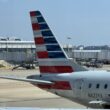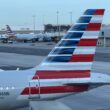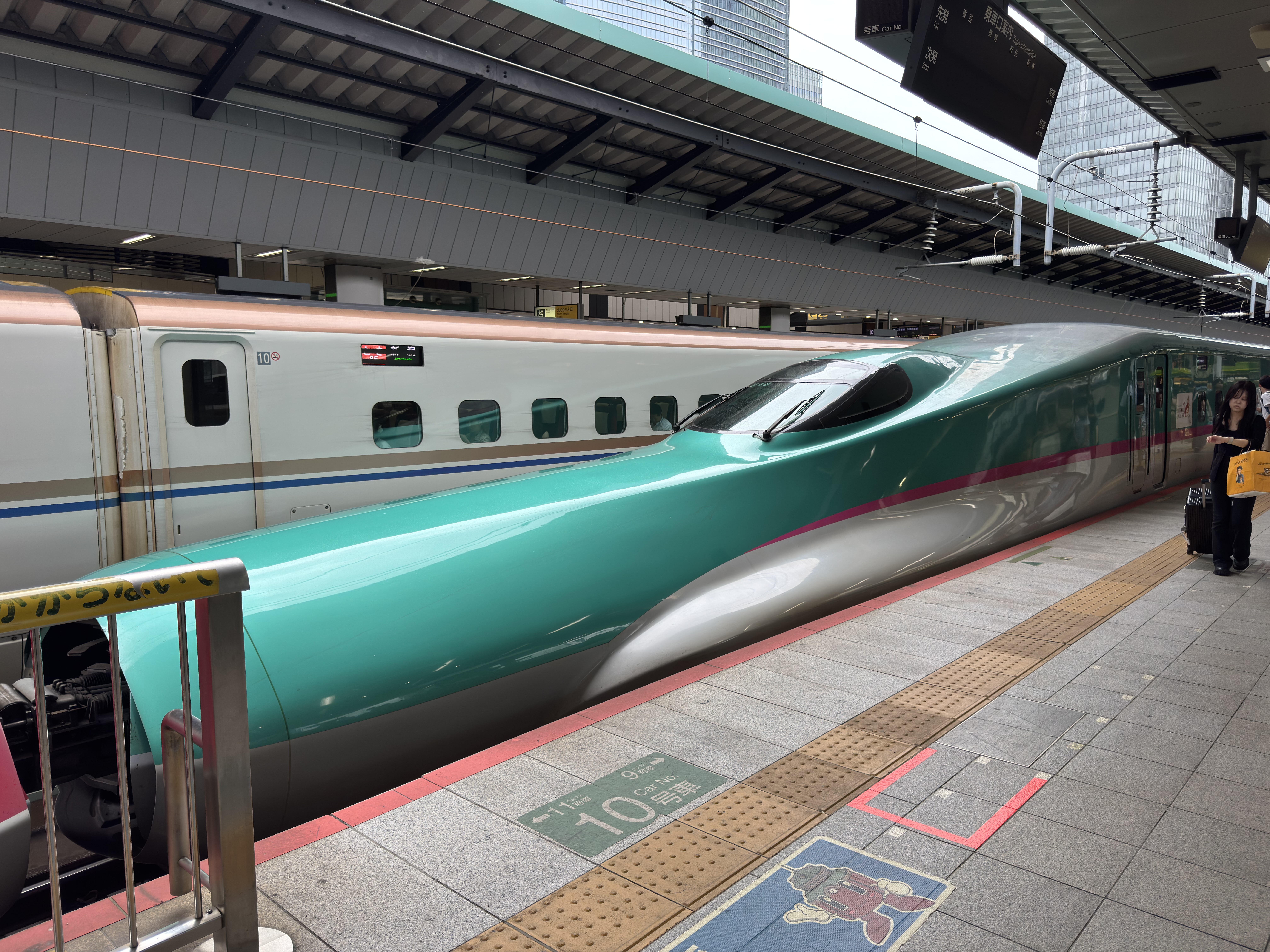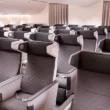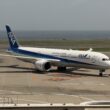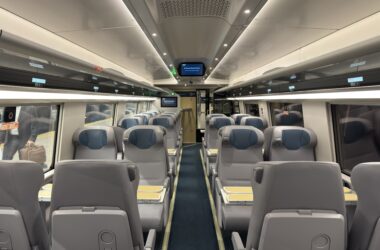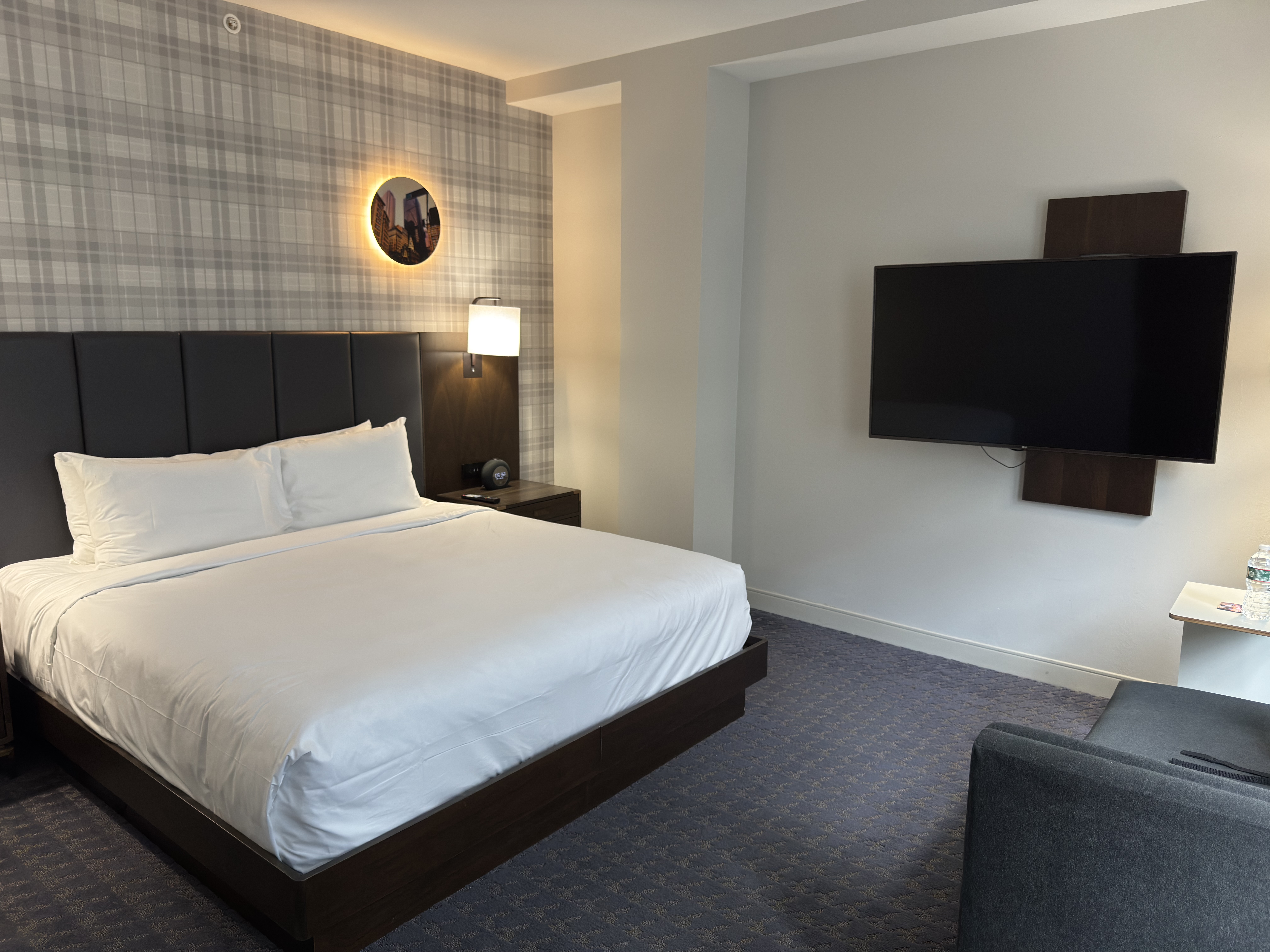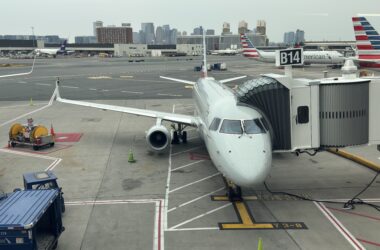Good afternoon from the heart of Japan. I took the Tohoku Shinkansen from Tokyo to Morioka in Northern Japan today, and had a good ride. Although I visit Japan multiple times every year, this was my first Shinkansen since the summer of 2023.
I used to take this route a few times a year growing up, so there was a lot of nostalgia involved today. Additionally, having ridden Amtrak’s Acela service fairly frequently in recent years, I was able to notice interesting differences between them and pros and cons of both systems.
Let’s go over my trip!
At Tokyo Station
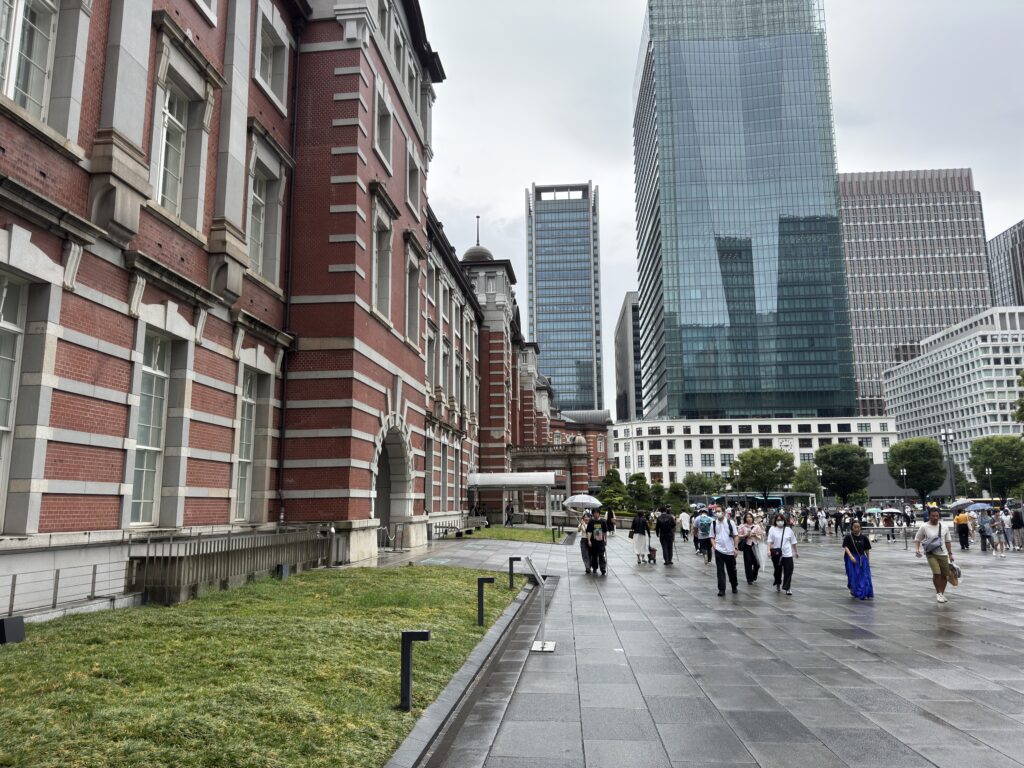
The weather throughout the eastern portion of the country was gloomy. Luckily, the rain had lightened up so I could step outside when I arrived.
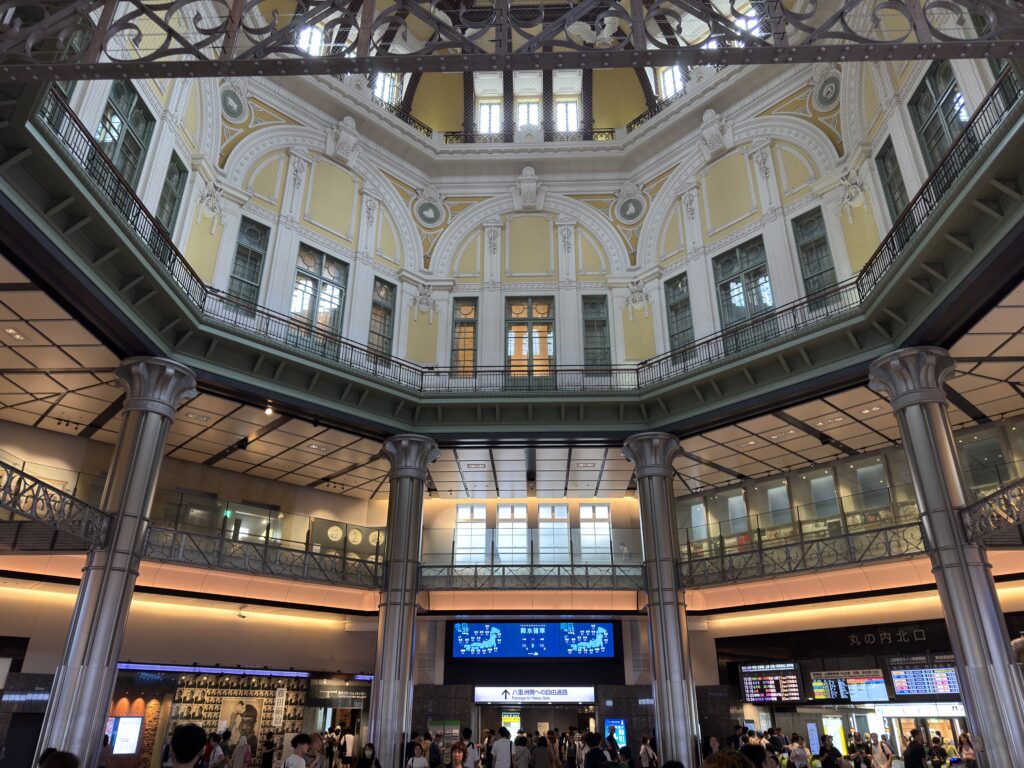
Most train stations in Tokyo have a very utilitarian build to them and don’t have any architectural appeal. Tokyo Station, however, still has some old design from the past. Make sure to visit the Marunochi entrance, where they’ve kept the initial look of the train station quite well.
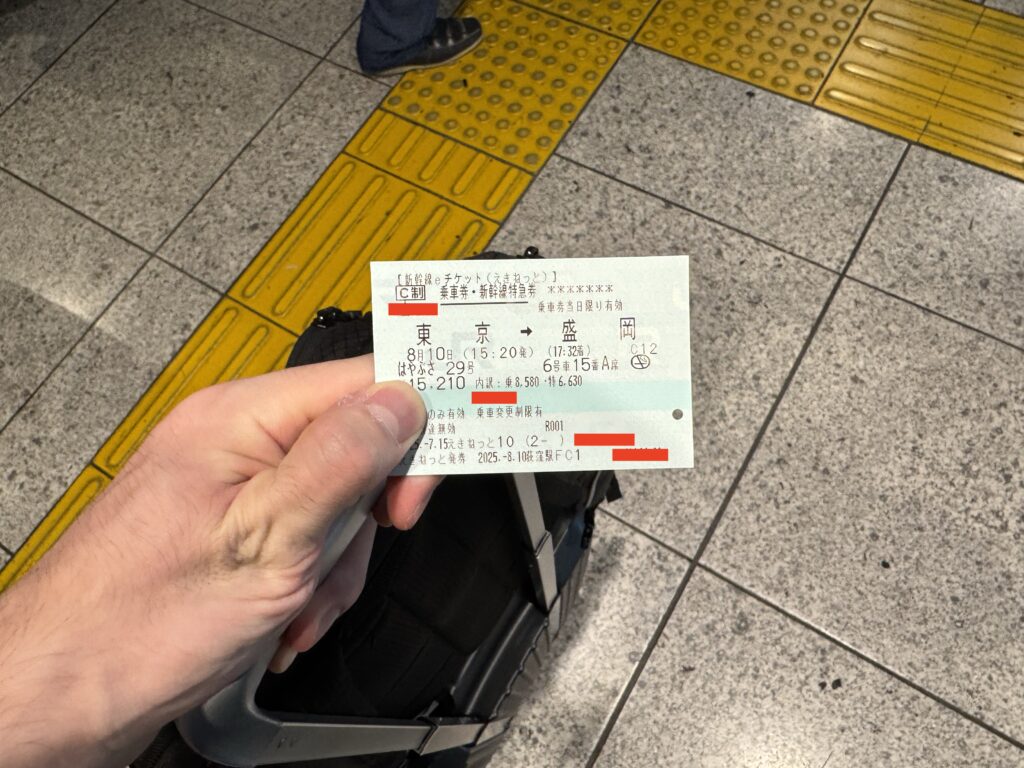
I made my way to the Shinkansen platforms. I took Hayabusa train 29, with a 15:20 departure and arriving at 17:32, a 2 hour 12 minute ride.
The trip cost a total of ¥15,210.
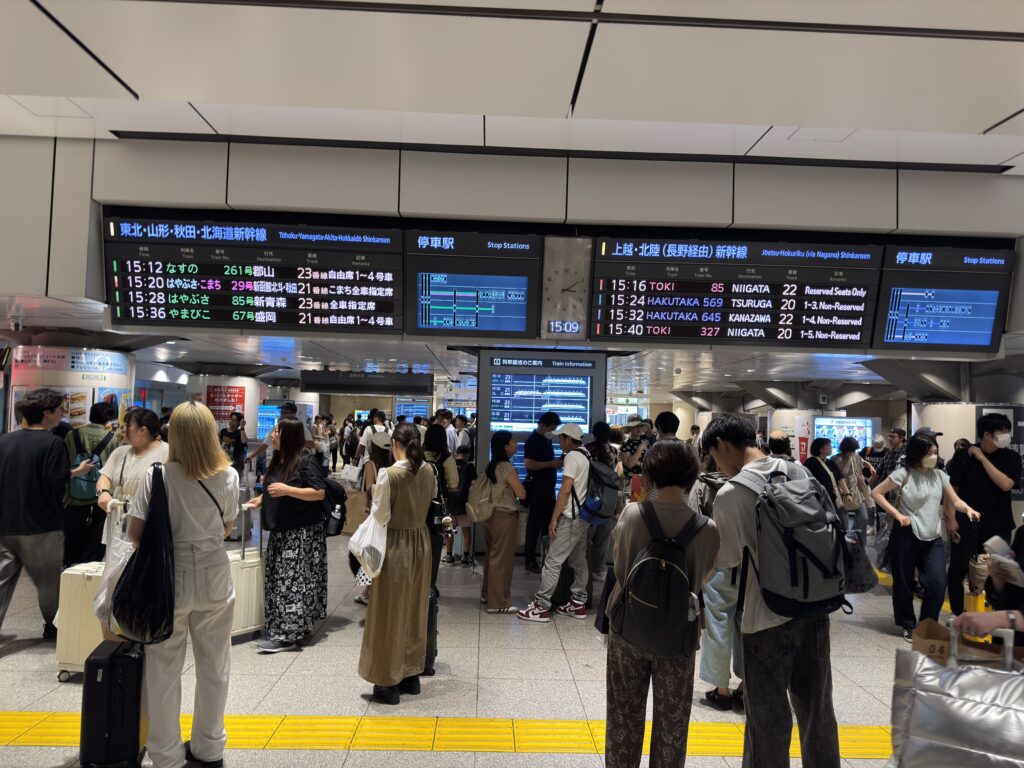
The station was very busy with many travelers. Japan is currently in the middle of a holiday that lasts about a week.
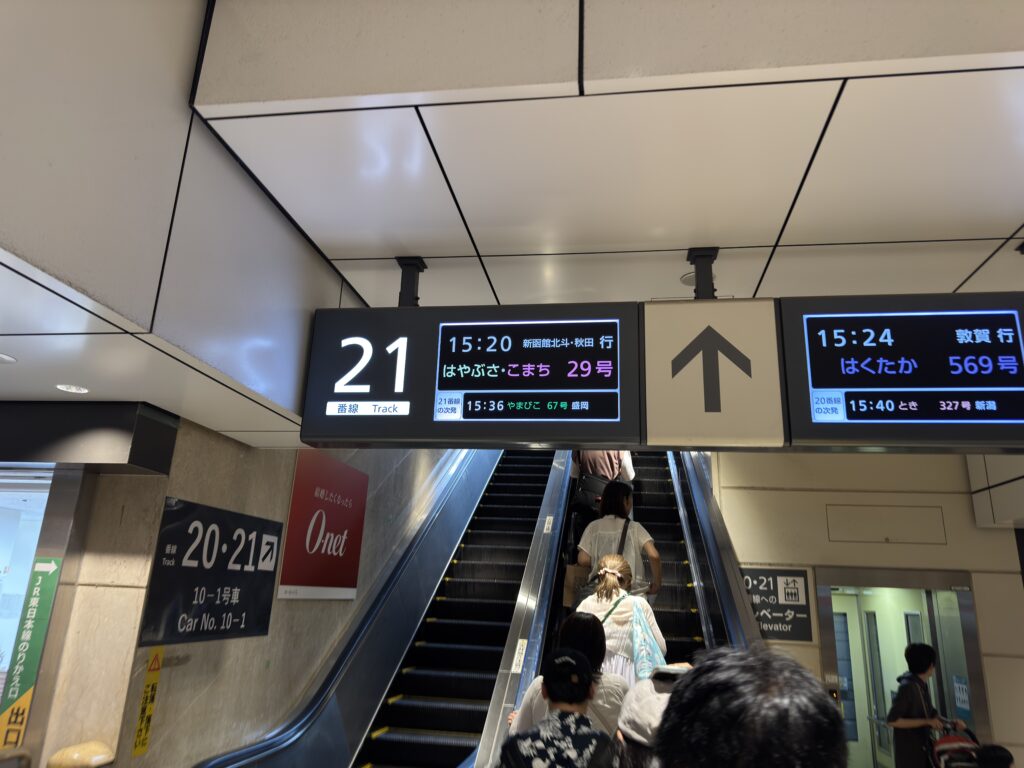
I went up the escalators for my train, which boarded from track 21.

My train was already there when I got to the platform. The Hayabusa (the green train) typically runs coupled with the Komachi, the red train, until Morioka. That was the case here today.
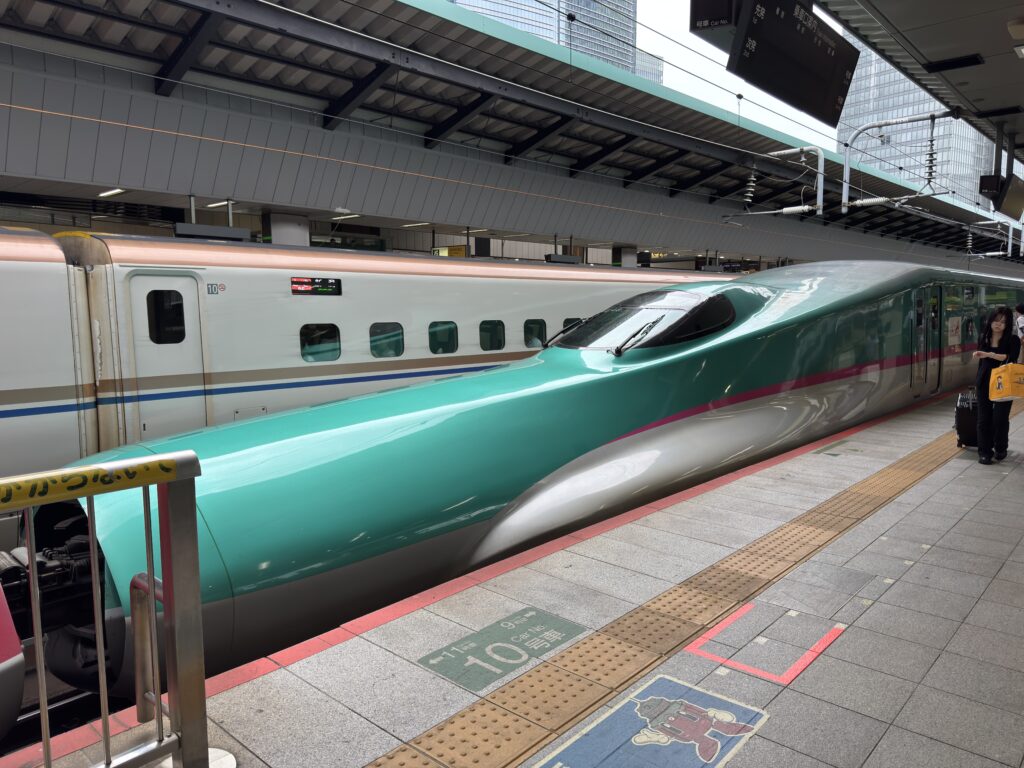
The most appealing part of this train is its long nose. It measures 15 meters (49 feet), and helps reduce noise when entering in and out of tunnels.
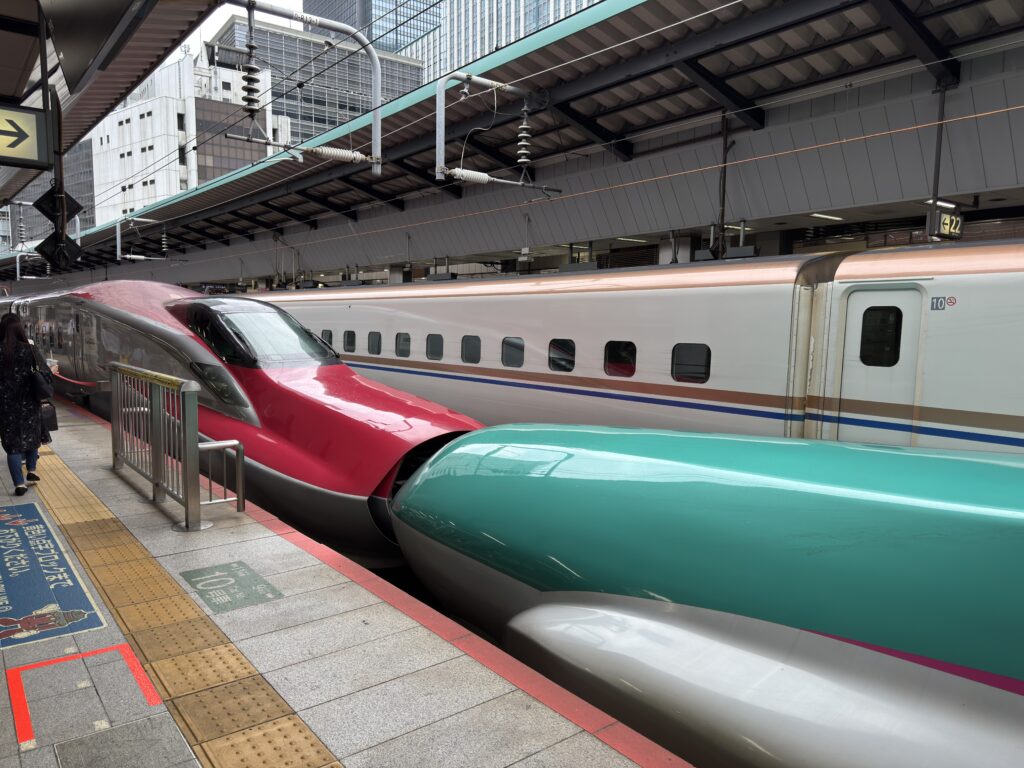
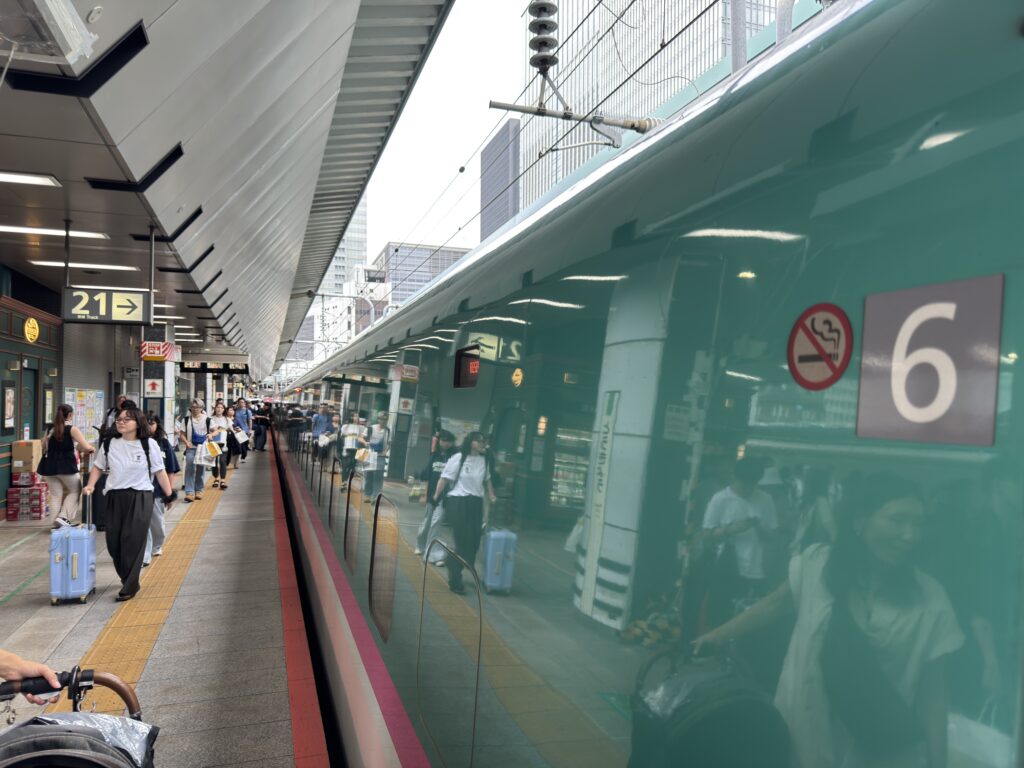
I boarded car number 6, which is a standard class car.
Onboard
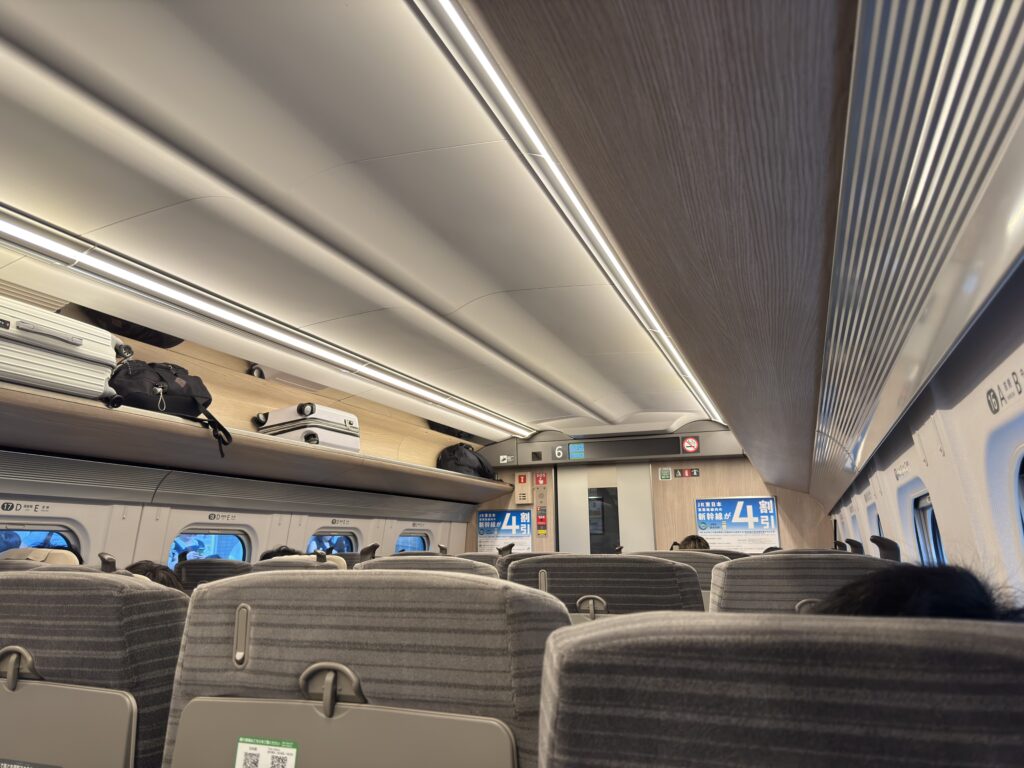
I sat in seat 15A, on the window on the right side of the train. The seats are in a 2-3 configuration.
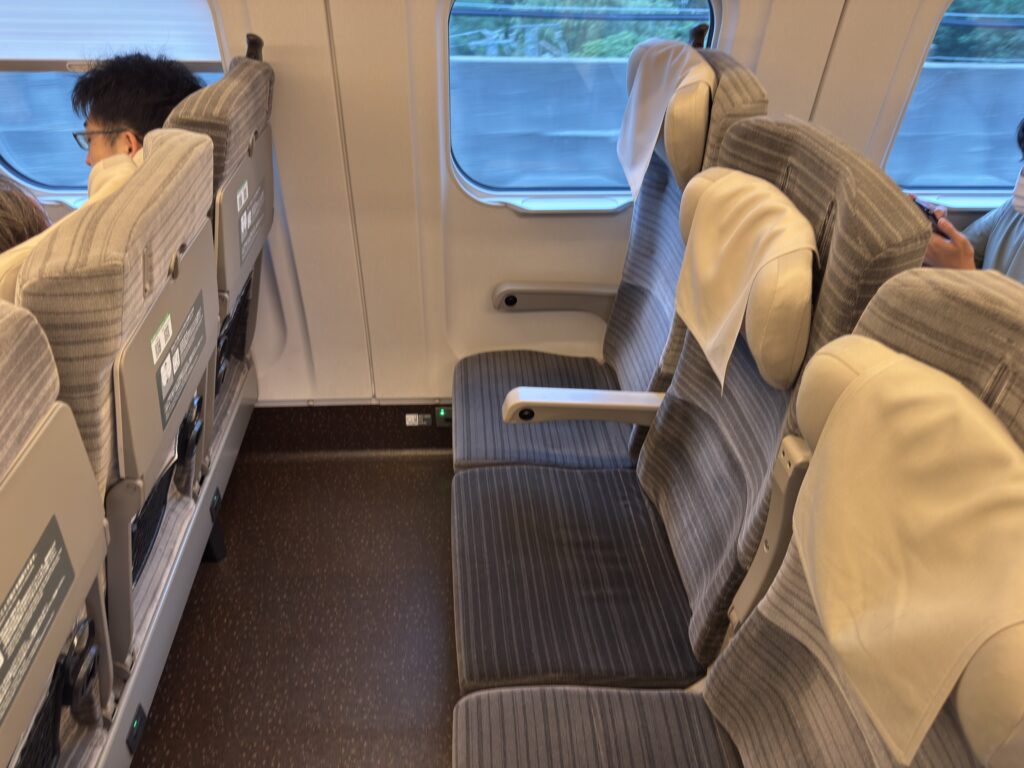
I had the window seat on the 3 side.
Legroom was pretty good; more than enough for a 2 hour train ride. There was space under the seat in front where I could stretch my feet as well.
The seat itself is narrow compared to the Acela back in the US. The Acela seats are technically business class, and I’m sure the 2-3 configuration on the Shinkansen plays a role.
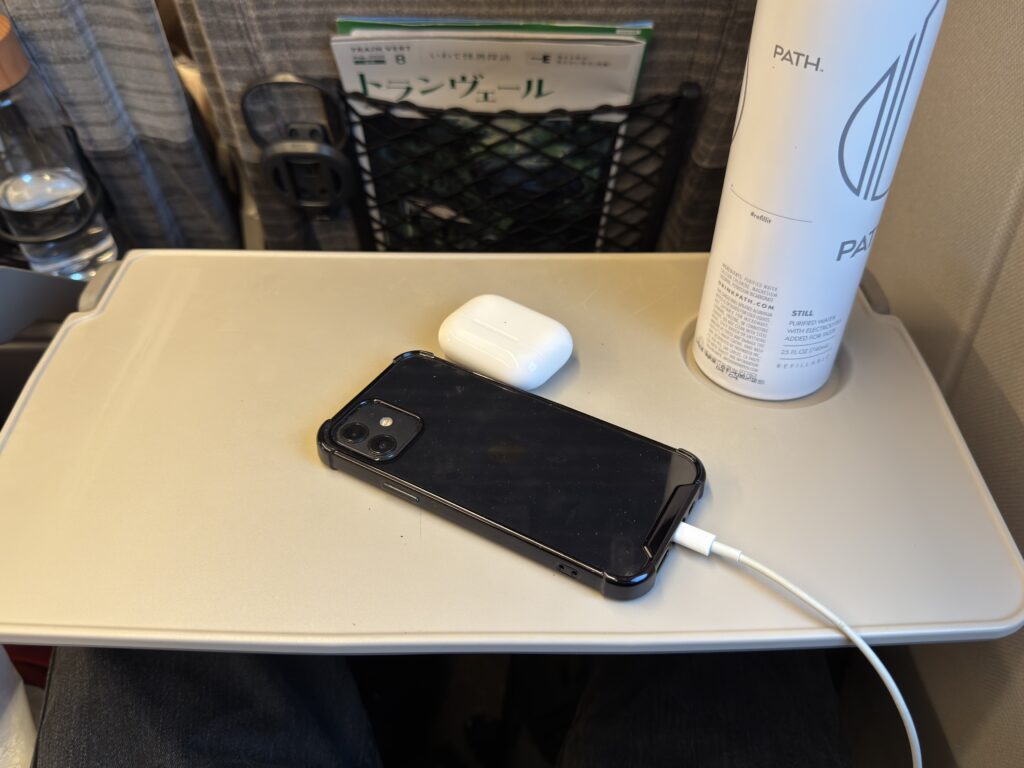
The tray table is a typical size, which is more than enough to place a MacBook.
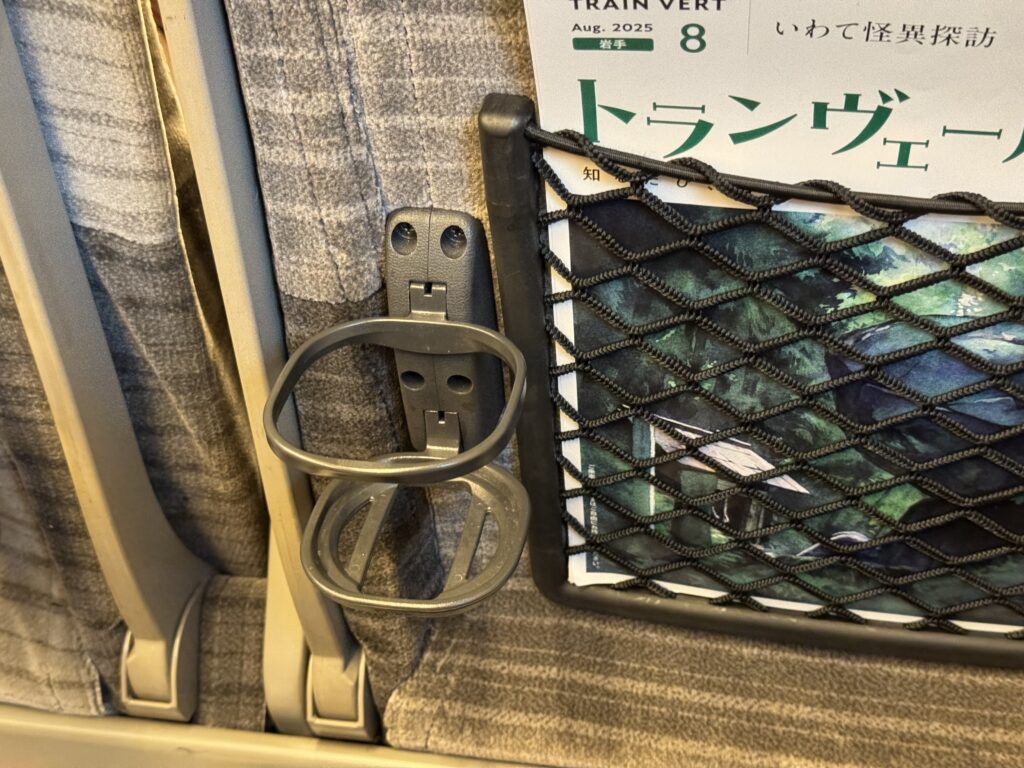
In addition to the tray table, a cup holder can be found on each seat. These can be used even when the tray table is down.
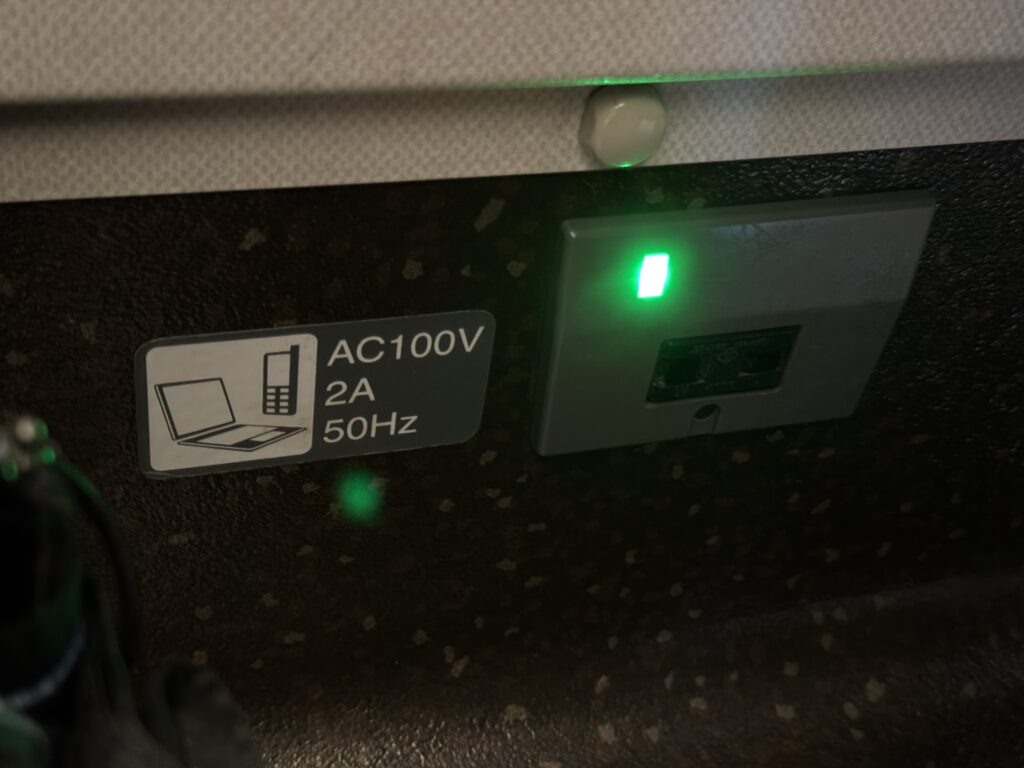
Each seat was equipped with an outlet on this train. Note that some older trains only have outlets for window seats, so if you want to get work done or just need the outlet for extra power, the window seat is your best bet.
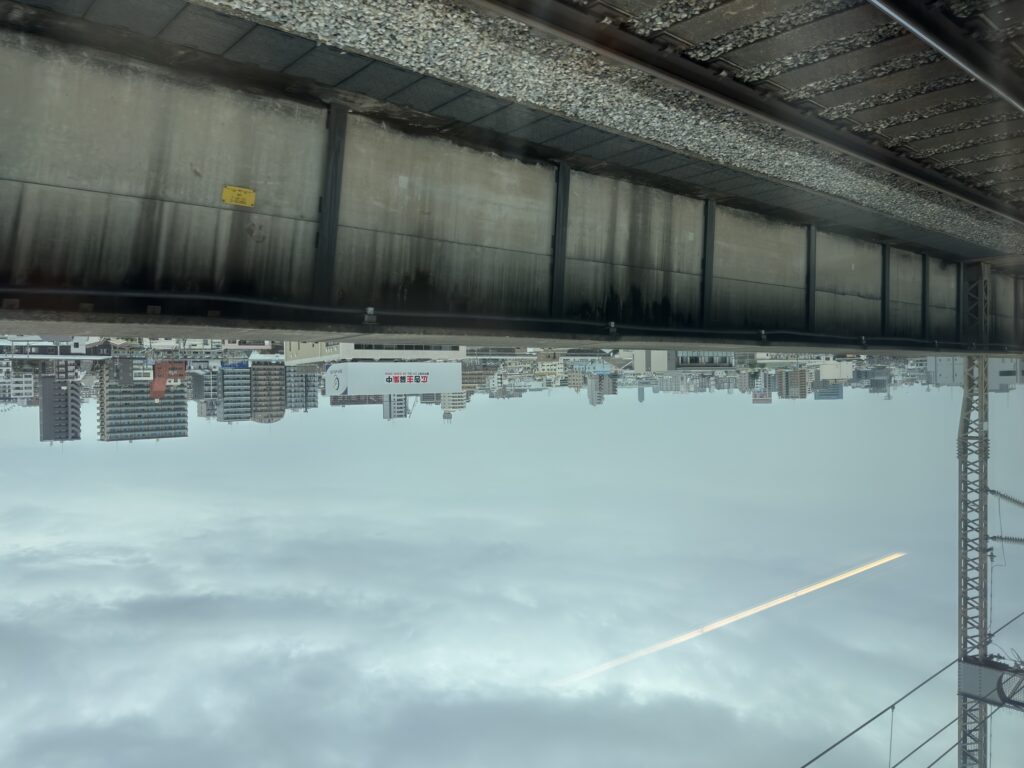
We strolled through the Greater Tokyo area, making a couple of stops. The train sped up after departing Omiya, about 20 minutes from Tokyo.

The train hit its maximum speed of 320kmh (about 200mph) after passing Utsunomiya.

Unfortunately, I was not able to connect to the Wi-Fi. The pop-up never loaded for me. I had a similar issue like this the last time I was on this train, back in 2023.
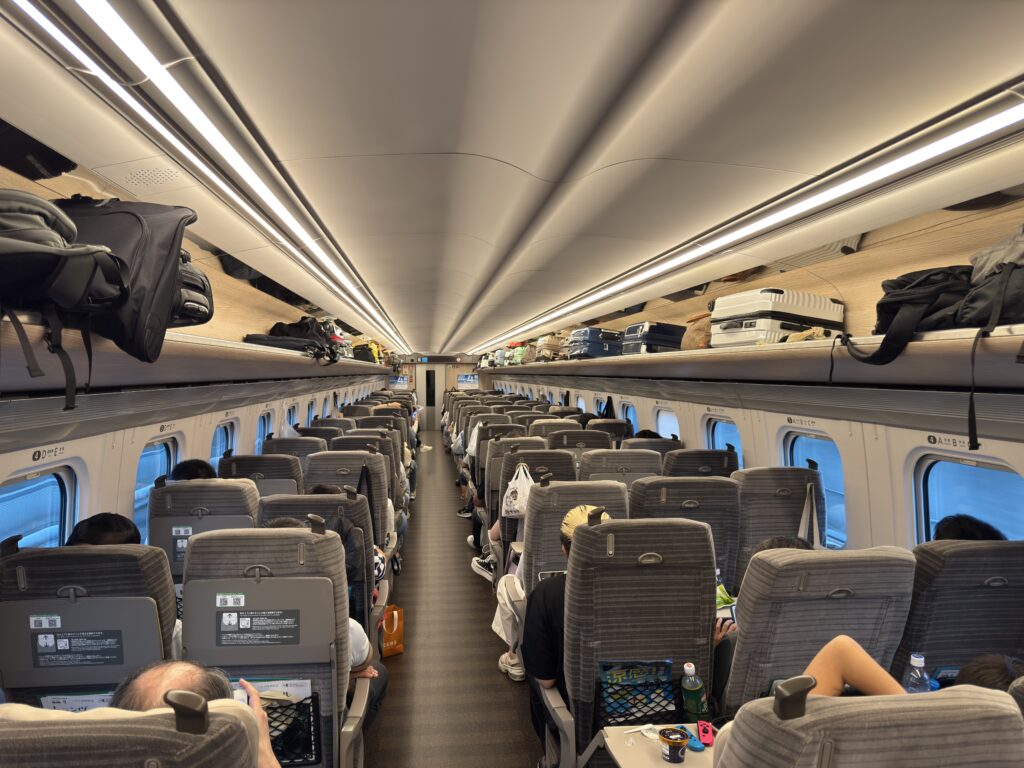
The train was full. Despite this, it was very quiet onboard, just like the quiet car on Amtrak. I’ve gotten used to hearing conference calls and business meetings on the Acela when I’m not in the quiet car, so I had forgotten how library-like the Shinkansen usually is. It was nice to relax, look out the window, and take a light nap.

Sendai was the next stop after leaving the Greater Tokyo area. Morioka was the one after this one.
Sendai is the biggest city in the Tohoku region (Northern Japan), so many passengers were getting on and off.
More 320kmh speeds after Sendai!
Arrival in Morioka
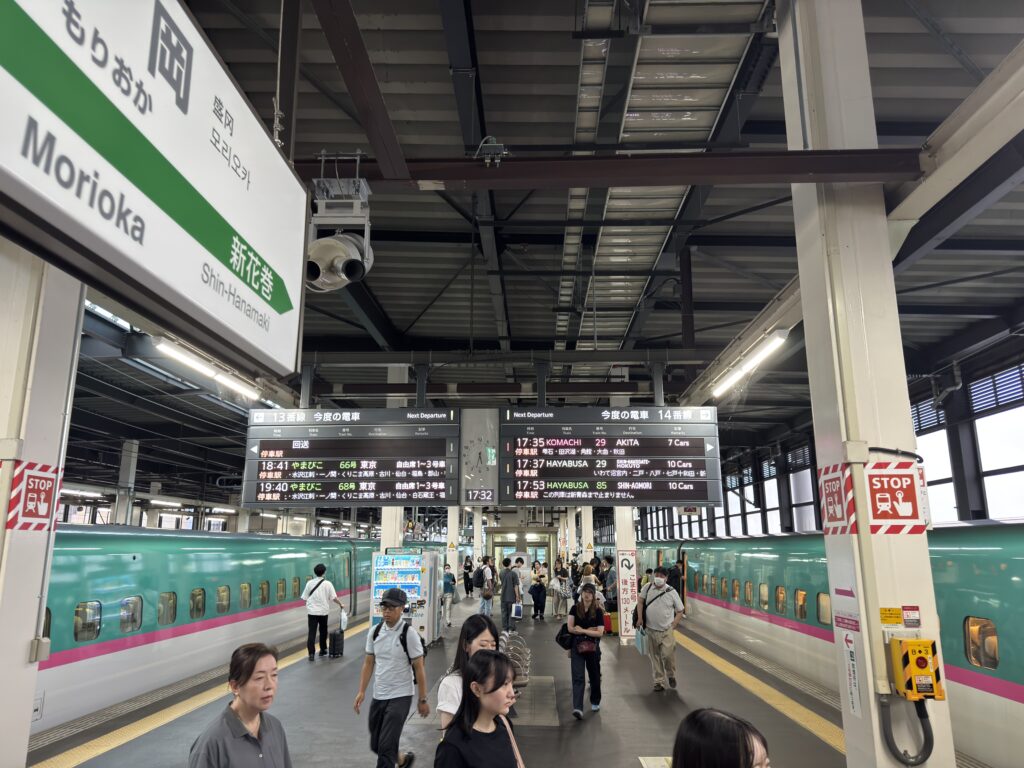
We arrived on time, at 17:32 on the dot.
After many Amtrak Acela rides along the Northeast Corridor, this was a nice, fast trip for a change. We covered a distance equivalent to about Boston to Wilmington, Delaware, in 2 hours 12 minutes. It was a great feeling to consistently maintain a high speed. I also enjoyed the quiet environment onboard, even though it was in the middle of peak holiday travel.
On the other hand, I think Amtrak has a better online booking experience. I used the booking site Ekinet for these tickets, which is a poor website to navigate. Additionally, although Amtrak’s Wi-Fi isn’t spectacular, at least I’m able to connect and get work done. I have to wonder if my Wi-Fi experience on the Shinkansen was just bad luck on my last two trips, or if this is the majority experience for passengers onboard.
This always seems to be my experience going back and forth between the US and Japan. I’ll find Japan’s service and hard product amazing, while I long for the tech, UI/UX, and connectivity back in the US. I often like to say, “If we could combine the service and hard product on Japan Airlines with United’s tech and app, we’d have the perfect airline.”
All photos taken by the author.

